The perfect holidays for anyone inspired by the new David Attenborough series
From Bengal tigers to snub-nosed monkeys, here’s how to get close to some amazing animals
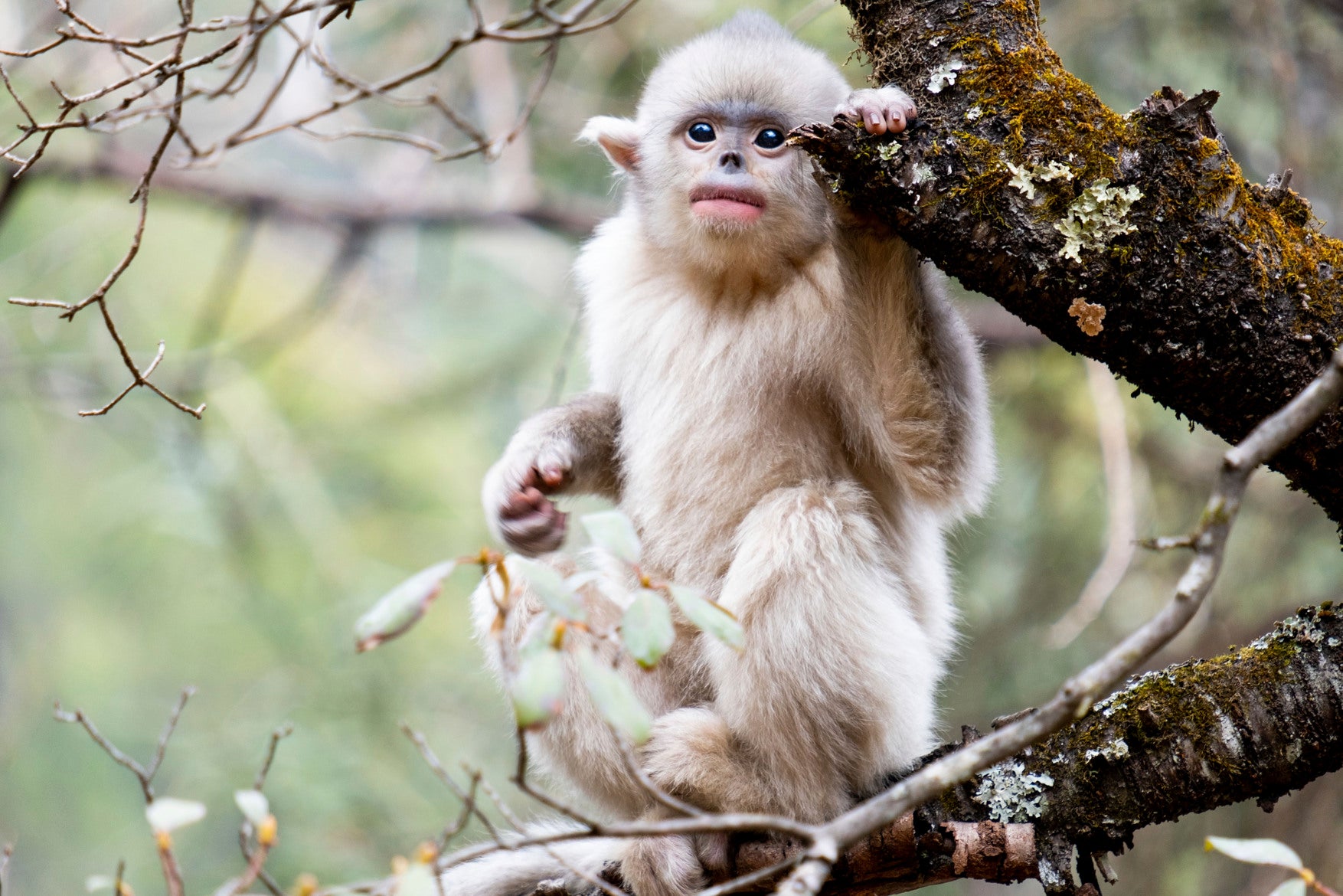
Your support helps us to tell the story
From reproductive rights to climate change to Big Tech, The Independent is on the ground when the story is developing. Whether it's investigating the financials of Elon Musk's pro-Trump PAC or producing our latest documentary, 'The A Word', which shines a light on the American women fighting for reproductive rights, we know how important it is to parse out the facts from the messaging.
At such a critical moment in US history, we need reporters on the ground. Your donation allows us to keep sending journalists to speak to both sides of the story.
The Independent is trusted by Americans across the entire political spectrum. And unlike many other quality news outlets, we choose not to lock Americans out of our reporting and analysis with paywalls. We believe quality journalism should be available to everyone, paid for by those who can afford it.
Your support makes all the difference.It’s the world’s largest continent, with more species than anywhere else on the planet, yet the wildlife of Asia is often overlooked.
Hoping to correct that imbalance, the BBC’s Natural History Unit spent the last four years collecting dramatic footage for new seven-part series Asia.
Narrated by Sir David Attenborough, the show travels from the frozen north to scorching deserts, visiting the highest mountains, the deepest oceans and the tallest rainforests.
A cast of animal characters new and old will undoubtedly captivate audiences, inspiring nature lovers to head east.
Asia began on BBC One on Sunday 3 November, with all episodes available as a seven-part box set on BBC iPlayer.
Anyone inspired to witness Asia’s wildlife first-hand should check out these trips.
Urban deer
Where: Nara, Japan
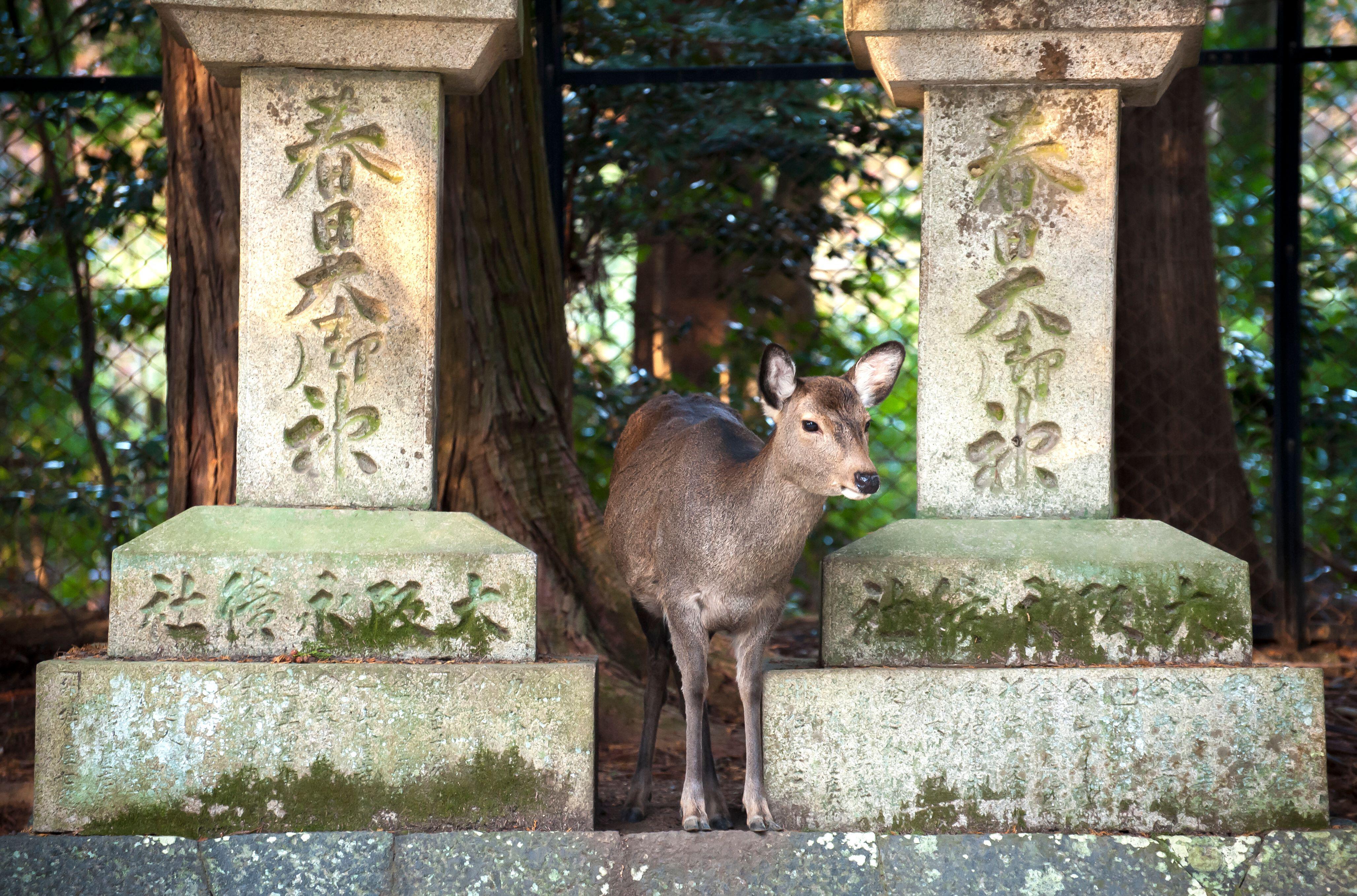
Read more: Is there such thing as an affordable safari?
In the world’s most densely populated continent, close contact between people and animals is inevitable. Occasionally, two and four-legged species learn to live harmoniously, as illustrated by the urban deer of Nara in Japan. The sacred animals live in a deer park surrounding the Todai-ji Temple, which houses Japan’s largest bronze Buddha. Gentle and friendly, they frequently approach visitors to nibble on food from their hands. Easily visited as a day trip from Kyoto, Nara is often recommended as a less crowded alternative to the popular city.
Families Worldwide offers a nine-night Highlights of Japan family trip, which costs from £3,495 per adult and £3,395 per child, including B&B accommodation, some meals and internal rail travel. Flights extra; familiesworldwide.co.uk
Bengal tigers and one-horned rhinos
Where: Chitwan National Park, Nepal
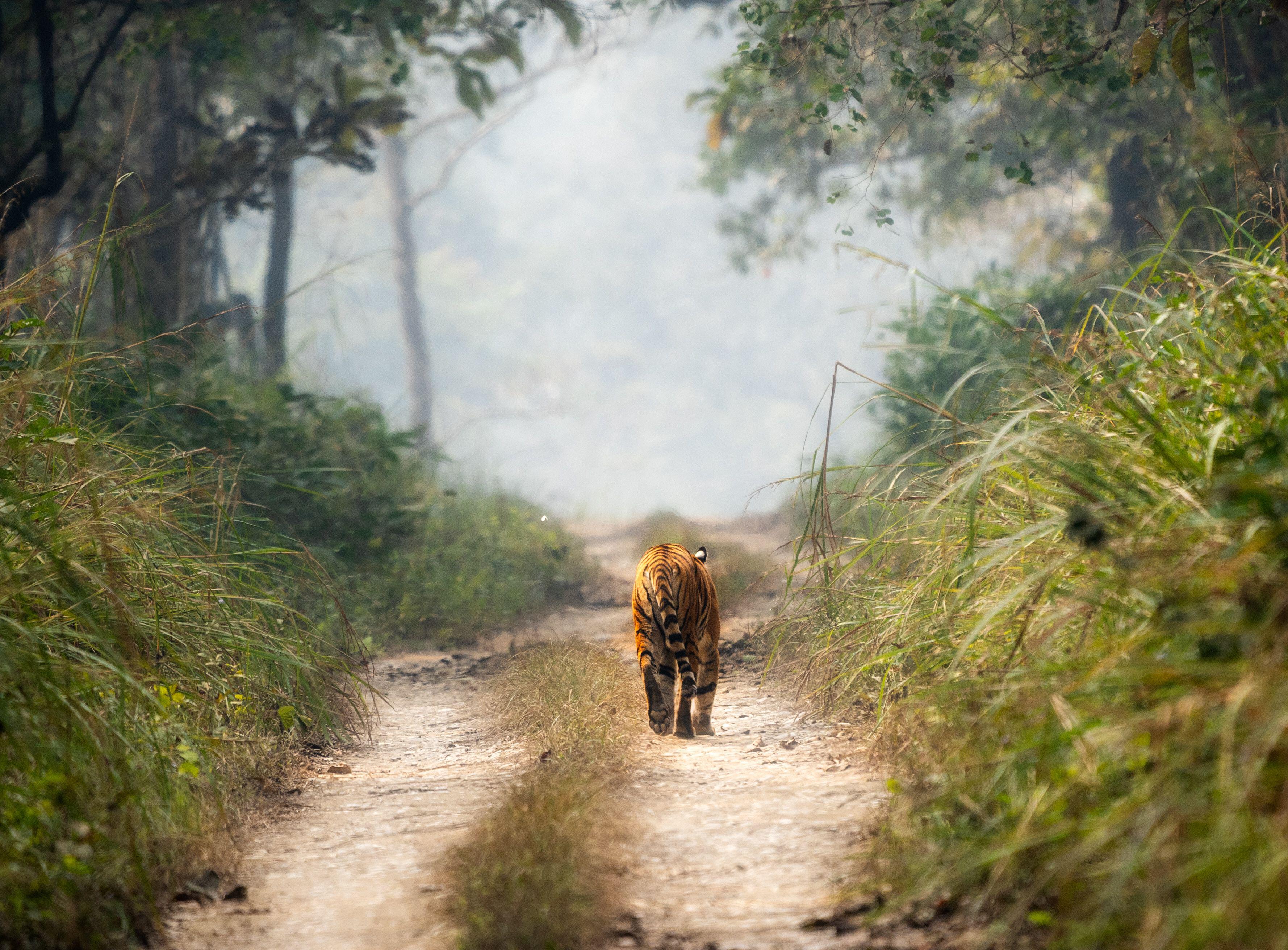
Read more: Stunning lodges for a luxe safari, from treetops tents to shipwreck cabins
A conservation success story, the number of tigers has more than doubled in Nepal in recent years. As a result of the booming population, the BBC were able to film mating couples less than 100 metres apart. Being one of the few destinations where it’s possible to film the big cats with drones, they captured intimate footage rarely seen.
Anyone hoping to see the Himalayan Kingdom’s resident stars with stripes should head to Chitwan National Park, the country’s first protected area, where one-horned rhinos (who also feature in the series) can be spotted along the Rapti River. October to March is the best time to see both species.
Intrepid offers a nine-day Premium Nepal trip from £1,792pp, including B&B accommodation, transport, guides and some meals; flights extra. Various departures March to May and September to November; intrepidtravel.com
Sun bears
Where: Sepilok and Tabin reserve, Sabah, Borneo
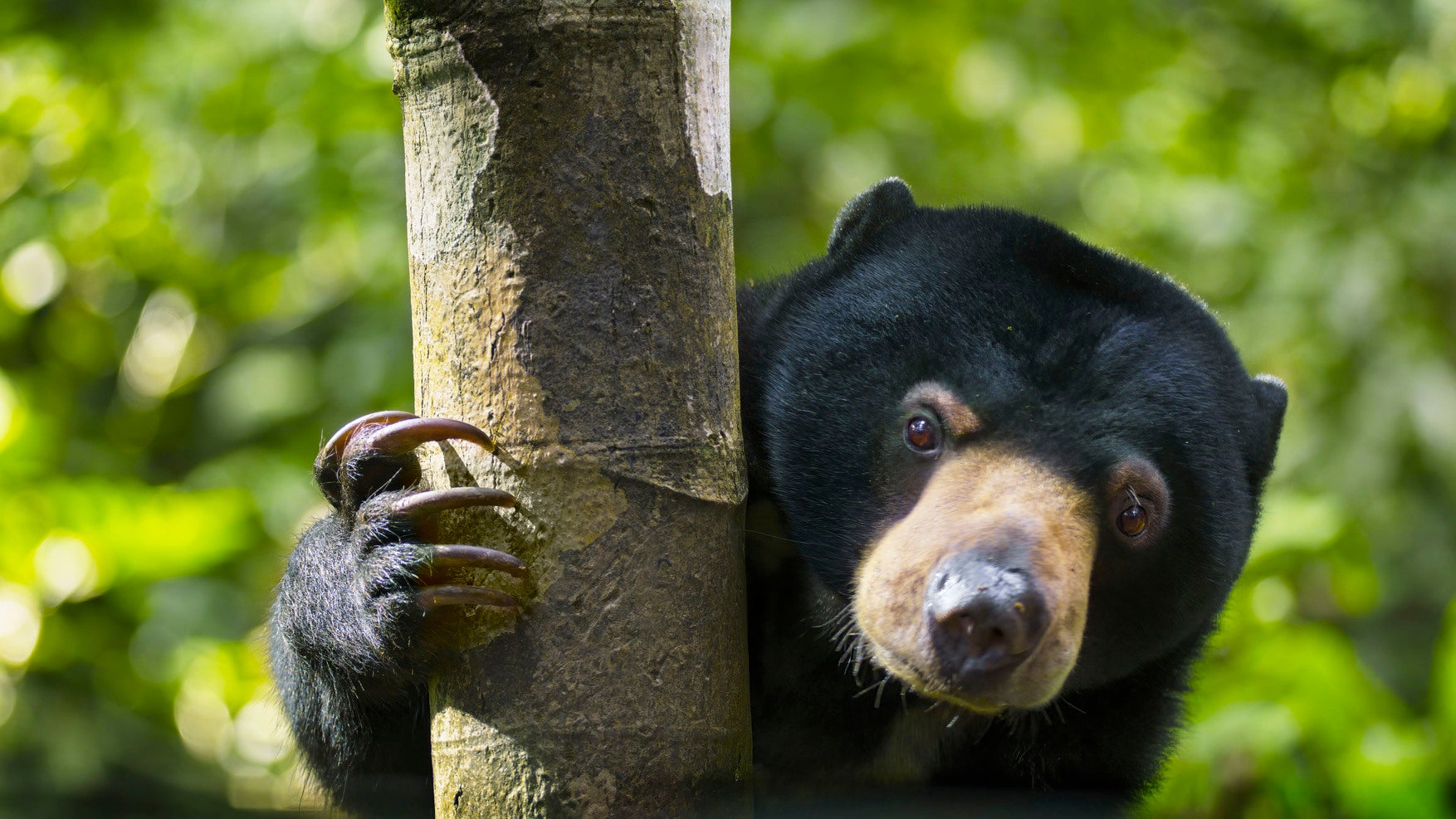
Read more: Everything you need to know about going on safari – including cost, where to go and what to wear
The final episode in the series highlights different projects working hard to save the wildlife of Asia. One story set to pull at heart strings follows the release of a rescued sun bear back into the wild. A loss of habitat due to deforestation and palm oil cultivation has drastically reduced Borneo’s population of the world’s smallest bear, putting the animals at increasing risk of disappearing. Find out first-hand about efforts being made to stop that happening with a guided tour of the Sepilok Sun Bear Conservation Centre led by Dr Wong.
Inside Asia offers a 13-night Best of Borneo tour from £2,795pp, including B&B accommodation and transport. Flights extra; insideasiatours.com
Reef manta rays
Where: Komodo National Park, Indonesia
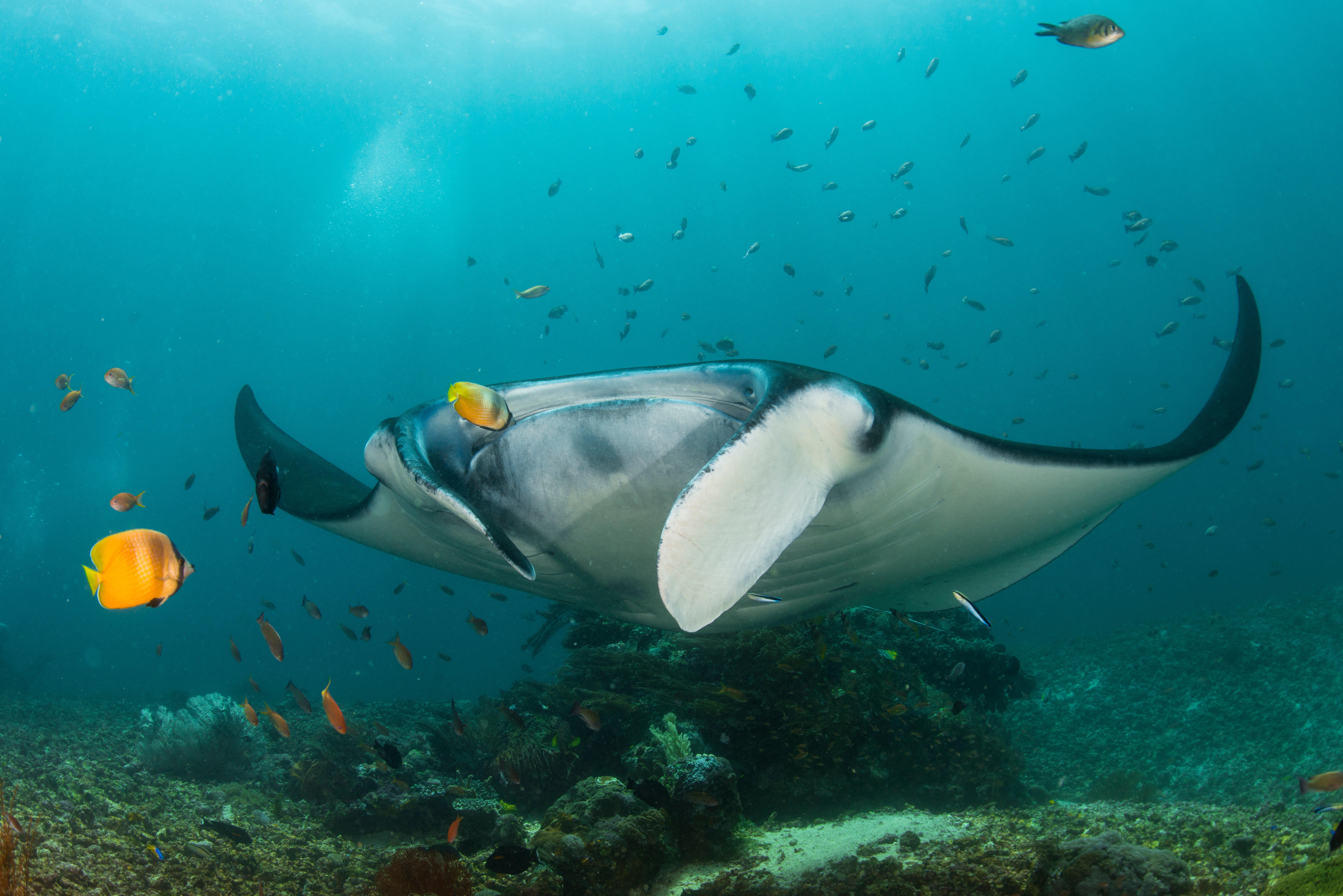
Read more: Go to where the wild things are with a safari holiday
Recognisable by their wing-like pectoral fins, the smaller of the world’s two manta ray species can be seen throughout the year in Komodo National Park due to an abundance of food. Since 2014, when the Indonesian government banned the fishing and export of manta rays, populations have increased. But filming them in action isn’t easy. The marine marvels head to areas with strong currents in search of more food and hang in the waves. Less agile humans, meanwhile, are forced to cling to rocks. A much easier spot to observe them is Manta Point, where it’s possible to snorkel.
Exodus offers a 13-night Primates & Dragons of Indonesia trip from £3,399pp, including B&B accommodation, some meals and transport; flights extra. Multiple departures between June and October 2025; exodus.co.uk
Snub-nosed monkeys
Where: Baima Mountain Reserve, Yunnan, China

They may not be the most famous animal resident in China, but Yunnan’s charismatic primates are set to capture viewers’ hearts. When the Baima Mountain Reserve was established in 1983, there were only 800 Yunnan snub-nosed monkeys. But thanks to habitat improvement and protection efforts, there are now estimated to be 3,000 of one of the world’s most endangered primates. Tourists can take guided hikes of the reserve on the border with Tibet, best accessed from the town of Benzilan.
Trailfinders offers a seven-night Tea Horse Road tour from £2,219pp, including B&B accommodation, transfers and some meals. Flights extra; trailfinders.com
Read more: This five-star safari lodge is training local school leavers to be world-class chefs
Join our commenting forum
Join thought-provoking conversations, follow other Independent readers and see their replies
Comments